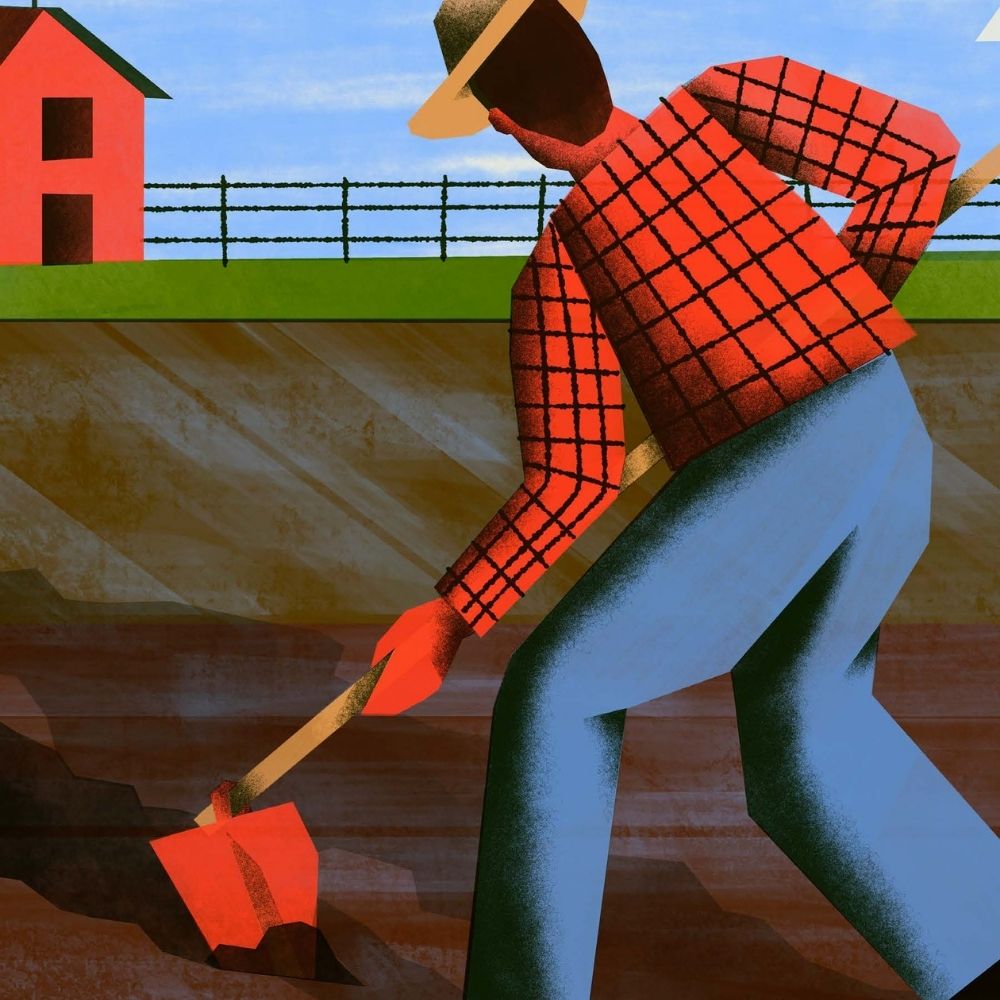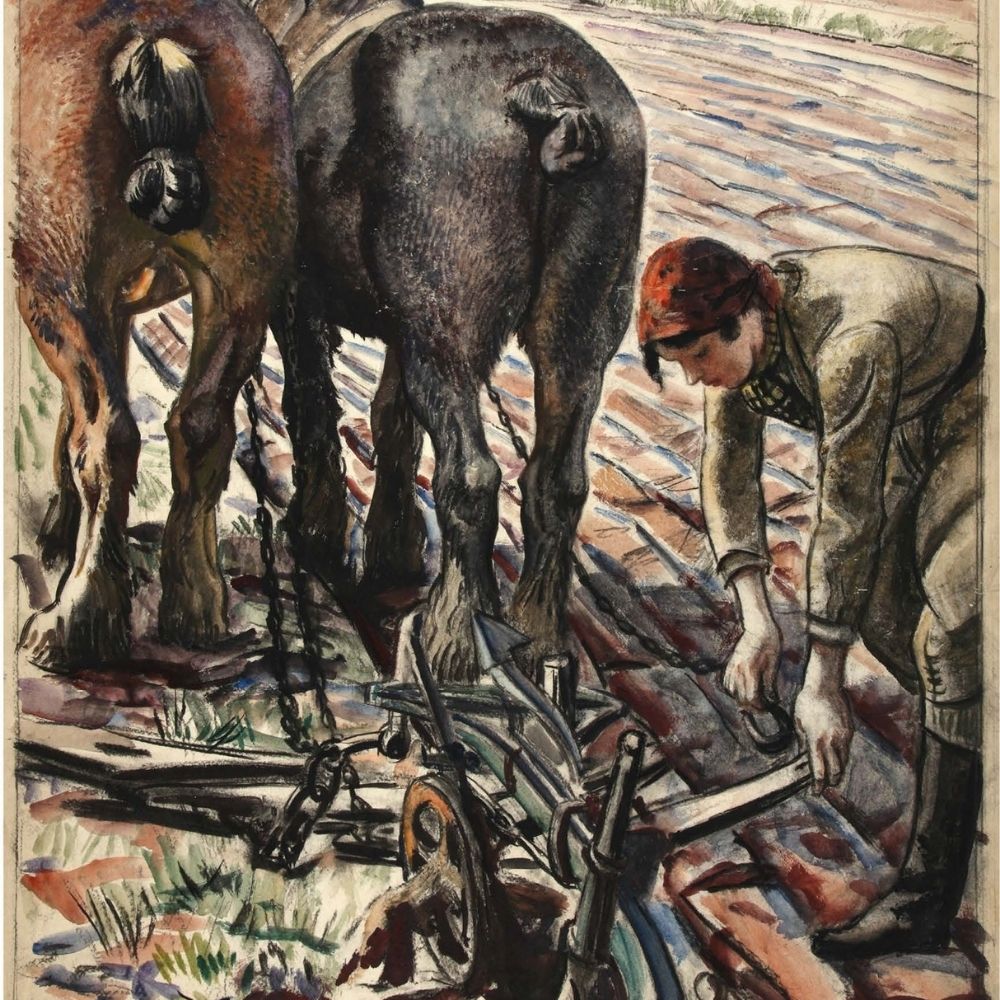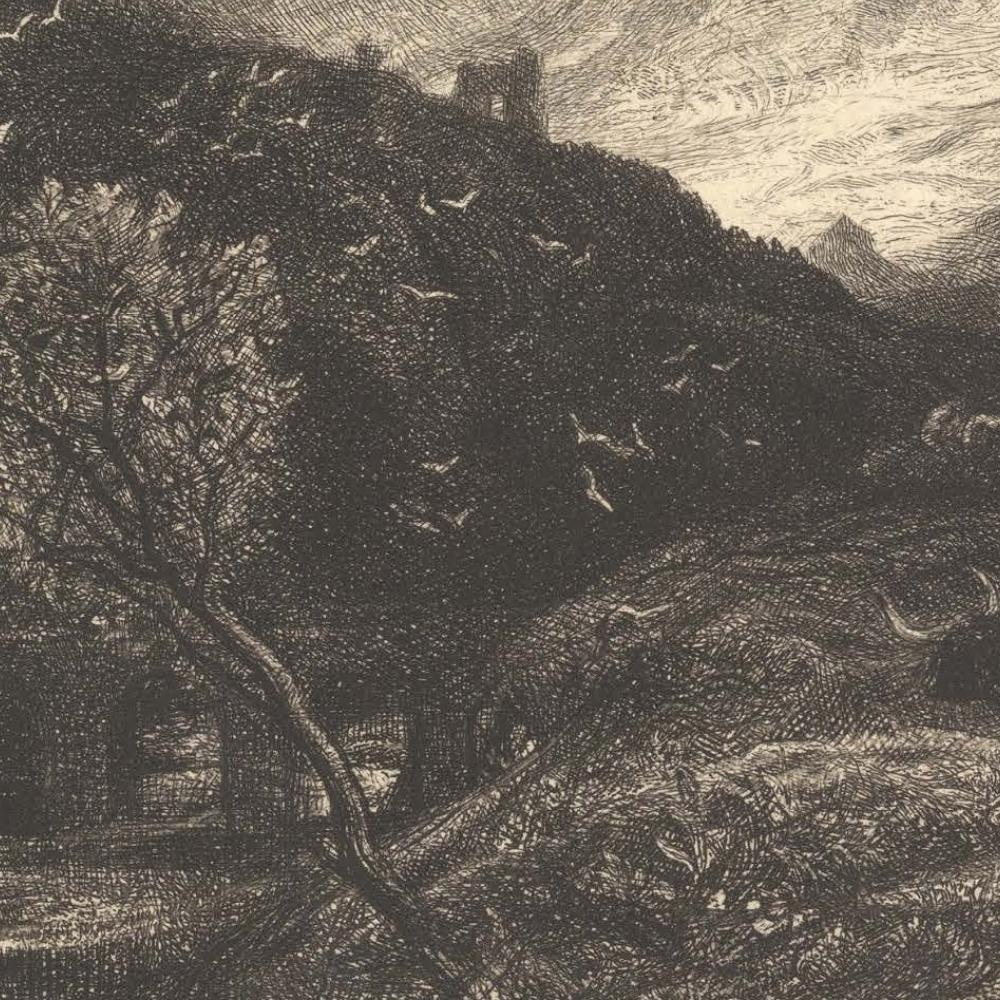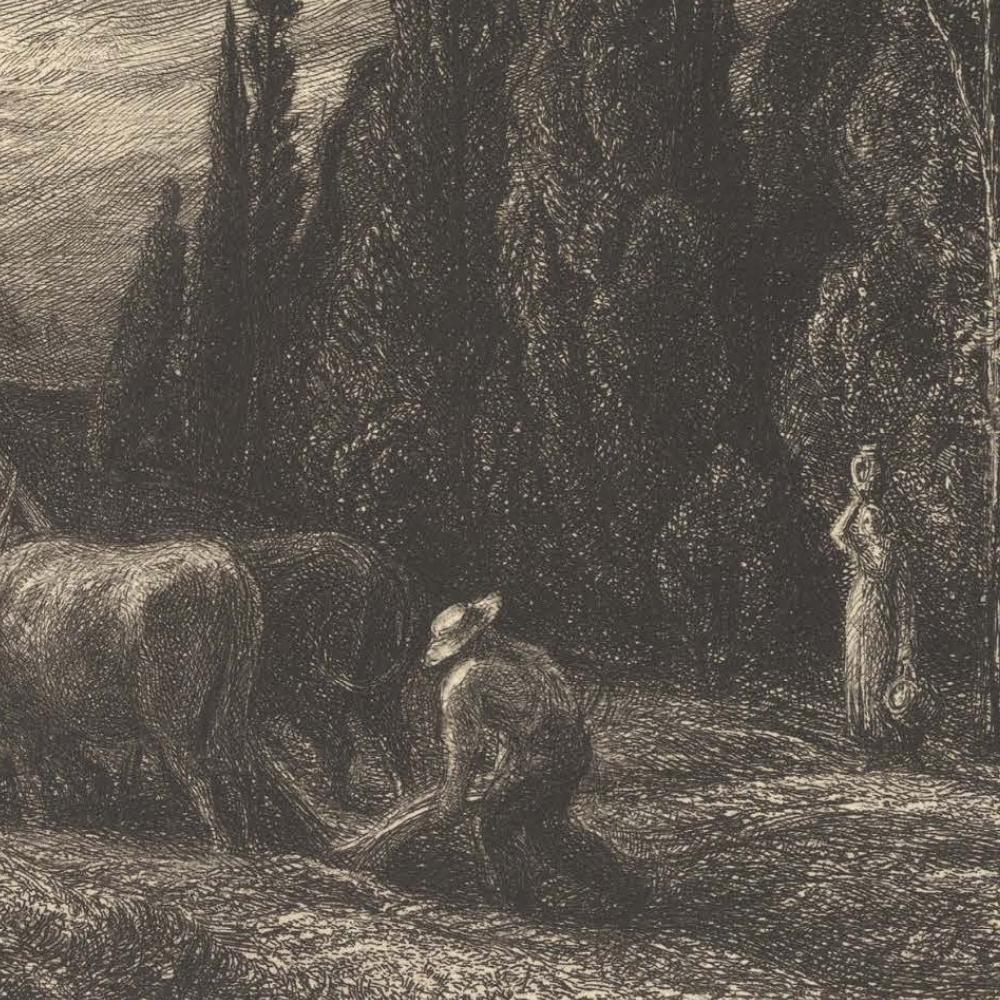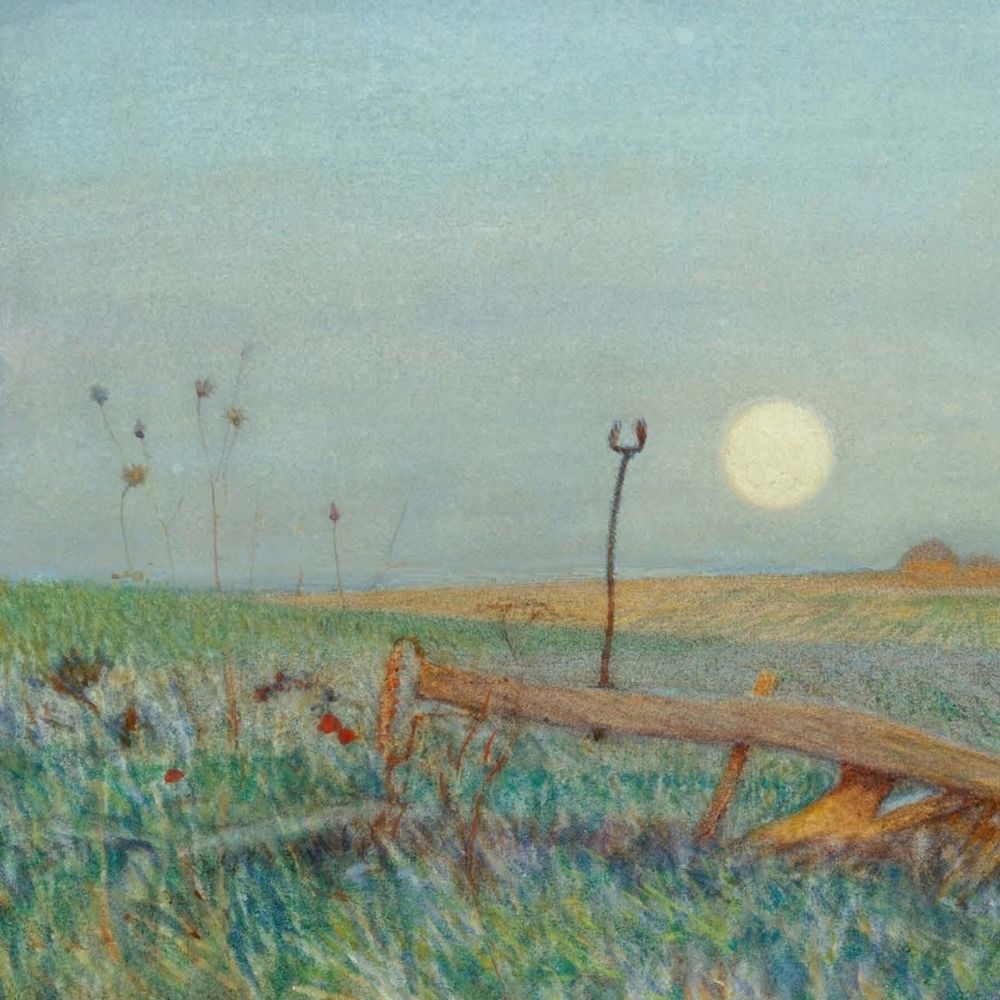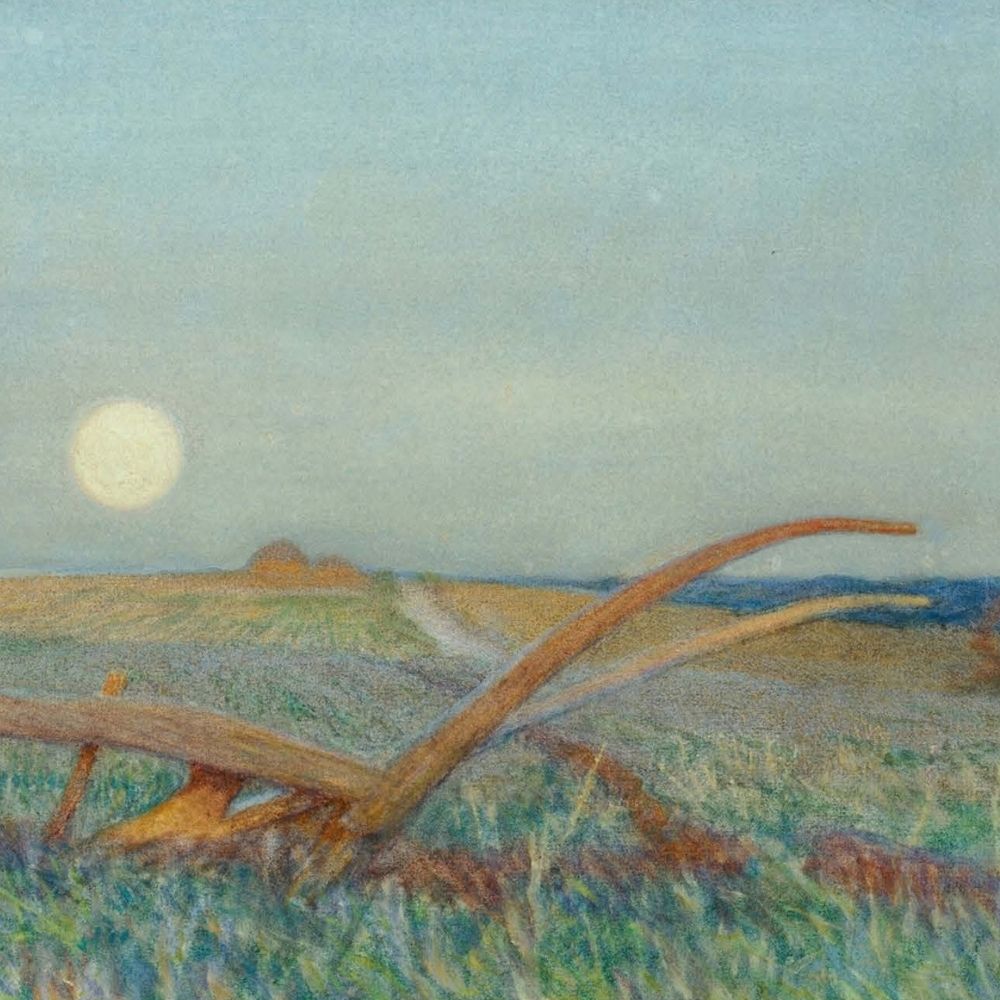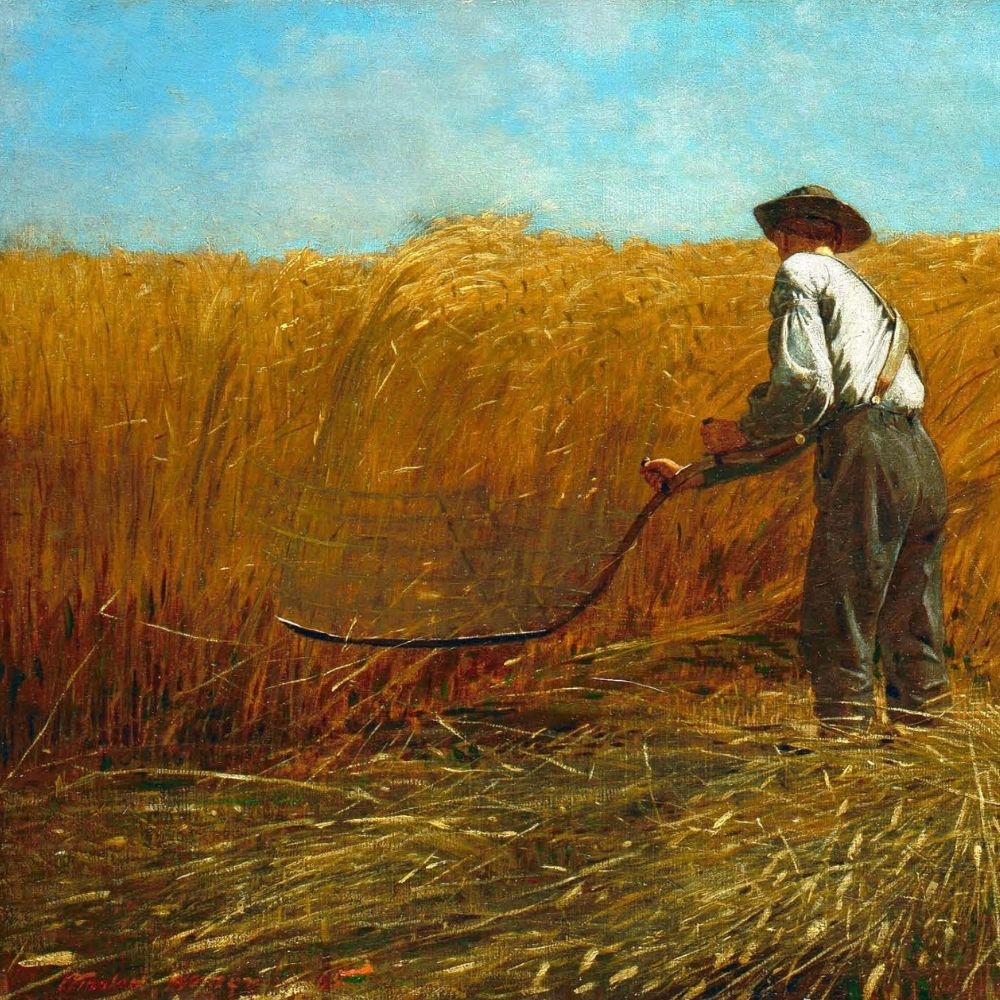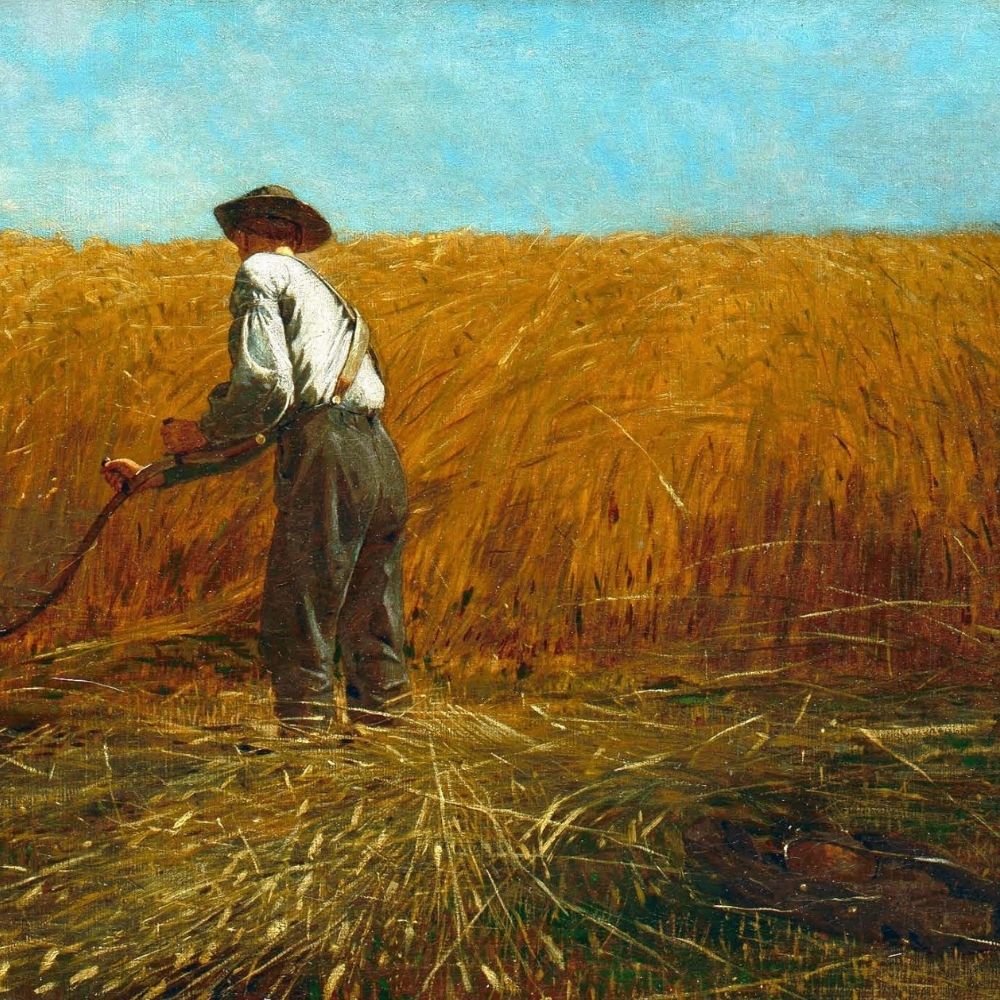
In Isaiah 11, we hear of a promised ruler—“a shoot” who will “come out from the stump of Jesse,” and of the “peacable kingdom” he will establish. In this kingdom, predator and prey will settle down in calm company: the wolf will live with the lamb, the leopard will lie down with the kid, the calf and the lion will eat together, and the cow and the bear will graze. Alongside these famous pairings from the animal kingdom, Isaiah introduces a human presence: “a little child shall lead them.”
Later he makes two more references to children in the kingdom of peace: “the nursing child shall play over the hole of the asp, and the weaned child shall put its hand on the adder’s den.” In these two cases, the tender age of the children makes for a dramatic contrast of power and vulnerability. Young children, even infants, will be able, in this coming kingdom of peace, to live unafraid, in profound security and safety. At a time when so many innocent children have become the victims of violence and war, these promises express our longings for those least capable of self-protection to be safe and blessed.
But the theme of tender youth appears before these instances of human presence in the peaceful kingdom. “A shoot shall come out from the stump of Jesse, and a branch shall grow out of his roots,” Isaiah tells us. These images also zero in on the earliest stages of life, this time in the plant kingdom. A green shoot represents new growth from what is old. A branch “growing” out of roots also suggests youthfulness, an extension newly formed.
What is the point of all this imagery of young life, whether from plant or animal kingdoms? On the one hand, these metaphors build our anticipation of “newness.” Neither the promised ruler nor the kingdom he brings will be a matter of business as usual. A change is on the horizon. We should prepare ourselves for something that has not been there previously; for things to be different. We are expecting a new shoot to burst into the sunlight, a new baby to be born. On the other hand, Isaiah’s beautiful figurative language highlights continuity with the past.
The shoot doesn’t come from nowhere; it emerges from a stump, as improbable as that may be. The branch does not sprout out of mid air; it grows “out of…roots.” The nursing baby comes from its mother. And the weaned child grows from a nursing babe. These images invite us to hope in a beginning as fresh as new flowers in springtime and the smell of a newborn. But they also give us hope that vibrant new life can spring up in the grim realities of our current experience, as hollow and barren as they may seem.
But beyond cultivating a general hope of new life, this passage calls us to hope in a specific human life. Isaiah’s reference to a root coming out from the stump of Jesse has long been interpreted as a reference to Christ.
The fourth and fifth century African bishop Augustine of Hippo went so far as to emphasize that Christ was “hidden in the root” of the patriarchs in the sense of being hidden in their “seed,” encoded and seminally present in their bodies in a quite literal way as a potential future offspring only to be revealed later “like fruit appearing on the branch” (Expositions on the Psalms 72.1). Likewise, Isaiah’s vision of the future blessing God had promised as involving a little child in the lead invites us to anticipate Jesus’ descent to earth in order to lead us to heaven.
For Gregory the Great, renowned through the millennia as one of the ablest leaders the church has ever seen, a leader whose motto was “servant of the servants of God,” the identity of the child referenced by Isaiah could hardly be more obvious. “Who is this small child, if not the one about whom it was written: ‘A child is born to us, a son is given to us’?” (Gregory the Great, Homilies on Ezekiel 2.4.3).
Ambrose similarly identifies Christ with the later references to the young children playing happily around dangerous animals: “the Word of God became flesh, put his hand into the serpent’s den, removed the venom and took away sin” (Explanation of the 12 Psalms, 37.4). In perfect hindsight, we now see clearly that the children of this passage, more than just anonymous metaphors of life and peace generally, serve as pointers to a specific baby, born in Bethlehem.
This infant king, this man who said “let the little children come” says to us, his little ones, this Advent: “Come, follow me!” He is the little child who offers to lead us to new life in him—to new growth that may have seemed impossible; to peace, where we expect violence; and to hope in a future where we can life fearlessly as his children.
The translations of the early Christian authors quoted in this paper come from Thomas C. Oden, Isaiah 1-39, Ancient Christian Commentary on Scripture (Downers Grove, IL: IVP Academic, 2004).
Written by Han-luen Kantzer Komline

